Top Diet Tips For People With Chronic Kidney Disease
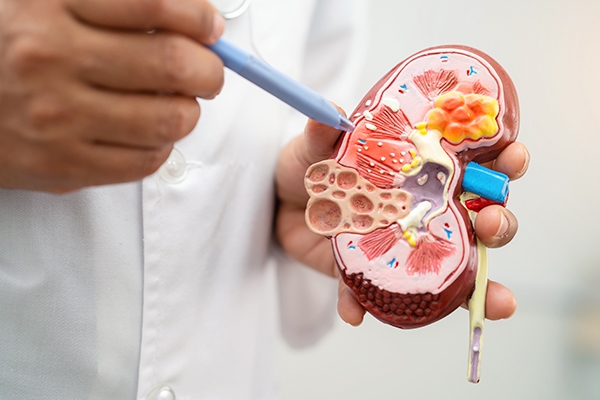
"Eating is a decision," famous American psychologist Albert Ellis once said. If you're not careful, that decision can turn you into a tasty bait for diseases. Chronic kidney disease is one of them.
The kidneys, or ren, are organs located beneath the ribs. It's about the size of a fist and comes in pairs.
The kidneys filter the blood, remove waste and toxins from the body, regulate blood pressure, and produce hormones. Acute and chronic kidney failure, kidney stones, urinary tract infections, and acidosis are all caused by disruptions in this organ.
Chronic kidney disease often goes undetected
Chronic kidney disease (CKD) occurs when the kidneys' ability to filter blood is compromised. As a result, the body accumulates the remaining fluids and waste that should be excreted. Other health issues, such as heart disease, may be triggered.
People who don't know they have CKD usually feel fine because CKD does not cause symptoms up to the point of being severe.
In the absence of physical symptoms, blood and urine tests are the only way to detect CKD. The sooner it is discovered, the easier it is to treat.
There are risk factors to be aware of in addition to the test. You should take precautions if you have diabetes, hypertension, heredity, or obesity. Smoking, medication or drug side effects, and eating unhealthy foods are all risk factors for CKD.
The relationship between diet and kidney health
The kidneys have many small blood vessels that filter waste and excess water from the blood and then remove it from the body. Blood vessel damage hinders the filtering function. This is known as "chronic kidney disease."
What causes blood vessel damage? High blood sugar levels and blood pressure. As a result, CKD is closely linked to diabetes and hypertension. These two diseases are the primary causes of CKD.
Given the correlation, it is not incorrect to apply a healthy diet for diabetes and hypertension to CKD.
The best diets for adults with CKD
Low sodium. Low phosphorus. Low potassium. All of them are the essence of a kidney-friendly food menu. The more severe the kidney disease, the less salt and protein can be consumed.
If you have CKD, your doctor will tell you which foods you can and cannot eat. You can, however, use these steps to create a kidney-friendly diet.
1. Select foods that are low in sodium and salt
Eating foods with less than 2,300 mg of sodium per serving aids in blood pressure control.
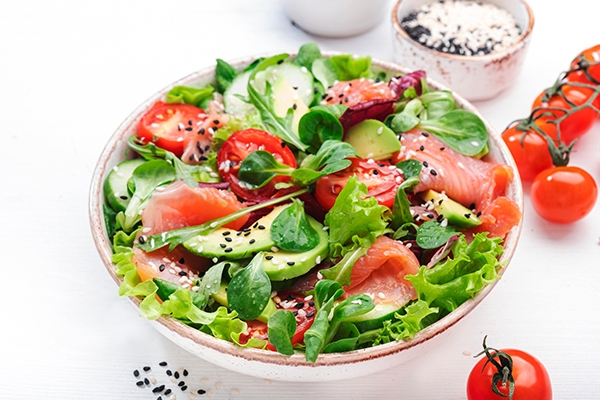
Tip: Avoid packaged foods (including fast food, frozen food, and canned foods). Pay attention to the sodium and salt levels on the nutrition label. Alternatively, wash canned food before eating it.
2. Eat the right proteins in the right portions
Protein metabolism produces waste. This waste is processed by our kidneys. Eating a lot of protein makes the kidneys work harder.
Vegetable protein, including nuts, legumes, and whole grains. A serving of pods equal to ½ cup. A serving of nuts is equal to ¼ cup. A serving of rice or noodles is equal to ½ cup.
Animal protein, including chicken, fish, meat, eggs, and milk. A 2 to 3-ounce serving of chicken, fish, or meat is enough per day. A serving of dairy food is equal to ½ cup of milk (or yogurt), or a slice of cheese.
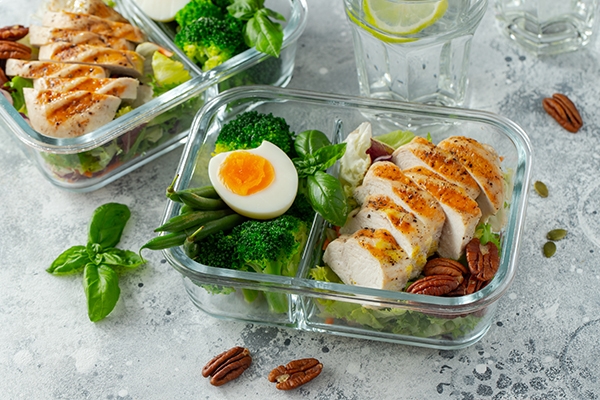
Tip: Ask a nutritionist about the best protein you should consume. Eat the right type of protein in small portions.
3. Avoid fried foods
Cooking oil causes fat to accumulate in blood vessels.
Choose foods that have been grilled, boiled, grilled, or sautéed. Avoid fat on meat, including poultry skin. Reduce your consumption of saturated fat (read food labels).
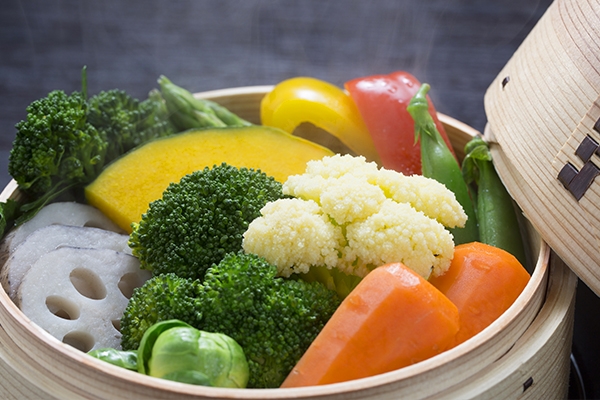
Tip: Lean meat, skinless poultry, fish, nuts, vegetables, fruit, low-fat or nonfat milk, yogurt, and cheese are all heart-healthy foods. Reduce your consumption of alcoholic beverages.
4. Reduce the consumption of packaged foods and processed meats
Phosphorus is abundant in packaged foods. Chronic kidney disease causes phosphorus buildup in the blood and increases calcium absorption from bones. As a result, bones become thin, brittle, and prone to breaking. Other side effects include itchy skin and joint and bone pain.
Keep an eye out for the words "phosphorus" or "PHOS" on food packaging. Choose meat with caution as well, because phosphorus is sometimes added to fresh meat as an emulsifier. Instruct the butcher to select phosphorus-free meat.
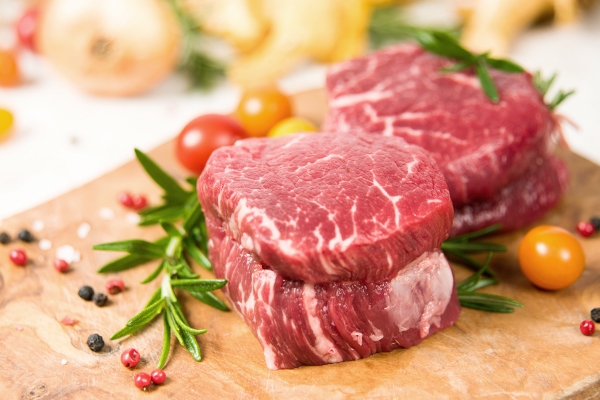
Tip: Consume low-phosphorus foods such as fresh vegetables and fruit, bread, pasta, and rice, and corn and rice cereals. Some beverages, like light-colored soda (lemon-lime) and homemade iced tea, are low in phosphorus as well.
5. Consume more potassium-low fruits and vegetables
Potassium helps to maintain fluid balance in the body, break down carbohydrates, and aid in protein formation. Too much or too little potassium in the blood impairs nerve and muscle function.
Kidney damage causes potassium to build up, causing heart problems. Foods containing salt substitutes, such as oyster sauce and soy sauce, should be avoided.
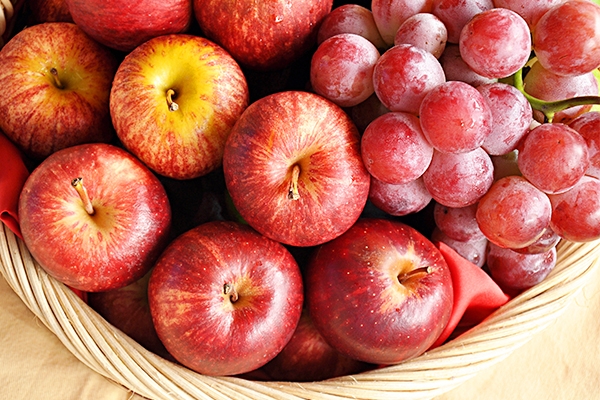
Tip: Before eating canned fruits and vegetables, drain them. Potassium levels are low in apples, peaches, grapes, and cranberries. Consume carrots and green beans as vegetables. There are several carbohydrate options, including plain bread, pasta, rice, cereal, and low-potassium grits.
Even if you have followed a kidney-friendly diet, keep an eye on your condition. Remember that kidney disease is linked to diabetes and hypertension. Make certain that everything is under control.



